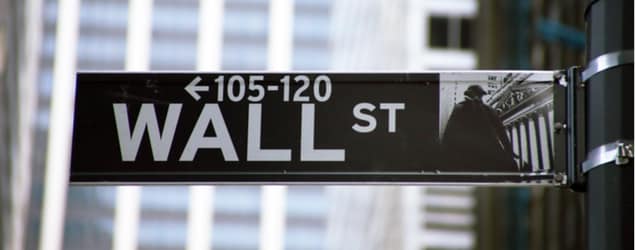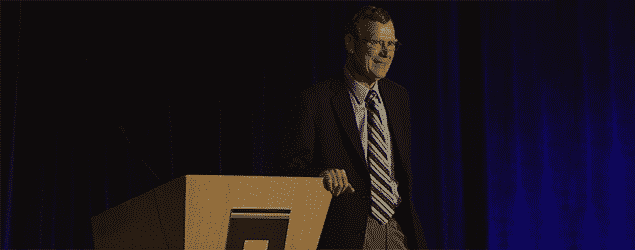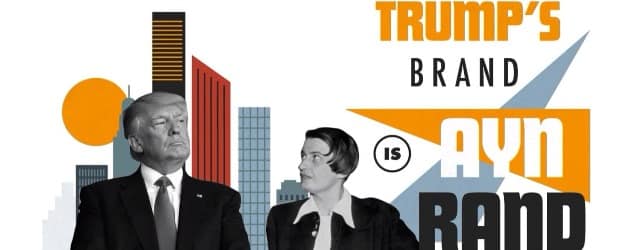Finance Isn’t Free and Never Really Was

Now that Trump is in office there is talk that his administration will support repealing or revising Dodd-Frank — the government’s regulatory response to the financial crisis of 2008. The bill was sold as a way to protect ourselves from future crises by making the financial system more stable.
One of the most striking things about financial crises is how sudden and unexpected they are. Nearly everyone, including America’s top bankers and financial regulators, were unprepared for September 2008. Few foresaw the collapse of many of the nation’s leading financial institutions, government bailouts putting taxpayers on the hook for hundreds of billions of dollars — not to mention the sheer fear of the unknown this calamity produced. We wondered: How many businesses would fail? How many jobs would be lost? How far would the stock market (and our retirement savings) fall?
The Great Recession made viscerally real for people the dangers of financial instability. We want the benefits of a healthy financial system — thriving businesses, available credit, low unemployment, stable prices — but we want to make sure the system doesn’t collapse and leave us struggling to pick up the pieces.
What creates financial instability? The most popular narrative says that banking and finance are inherently unstable unless overseen and controlled by the government. Absent massive government intervention, greedy financiers will engage in reckless and sometimes predatory practices in order to line their own pockets, and then leave us with the tab once the system implodes.
That narrative shaped our response to the Panic of 1907, which led to the creation of America’s central bank, the Federal Reserve, in 1913. It shaped our response to the Great Depression, which led to a massive new regulatory infrastructure, including the creation of the SEC (Securities and Exchange Commission), which regulates stocks and other securities, the FDIC (Federal Deposit Insurance Commission), which insures bank deposits, and Glass-Steagall’s separation of commercial and investment banking. And it shaped our response to 2008’s financial crisis, which led to Dodd-Frank, the most sweeping set of financial controls since the New Deal.
Part of what has made this narrative plausible is the belief that financial markets and institutions were free in the lead up to the crisis — if not totally then at least in important respects. During the 2008 financial crisis, for instance, it was not uncommon to hear blame cast on “deregulation,” “cowboy capitalism,” and “laissez-faire banking.”
That’s a recipe for government intervention. If people think the unrestrained pursuit of self-interest by bankers, traders, speculators, and other financiers leads to crises, and they believe that financial markets lacked government control prior to crises, then why wouldn’t the answer be greater government control going forward?
The truth is that finance has never been free in the United States — not even close. And the system that nearly collapsed in 2008 was in most ways more controlled by government than at any time in U.S. history.
Even more important, it is government interference that makes financial systems fragile. If we look at the most stable financial systems in history — the 19th-century Scottish system or the Canadian system, for instance — they are inevitably the freest systems. If we look at financial systems prone to panics and crises, what we inevitably find are price distortions, twisted incentives and regulatory straitjackets created by government intrusion.
It isn’t the unrestrained pursuit of self-interest by financiers that makes financial markets fragile — it is the distortions and restraints governments put on the pursuit of self-interest. If we value a stable financial system, then government intervention is not the answer to our problem, it is the problem.
Over the next few weeks, I’m going to talk about some of the myths about financial freedom in this country. Financial freedom has two components: freedom from regulation and freedom from government support.
Financial regulations generally fall into two categories — I call them “fairness” regulations and “fragility” regulations. Fairness regulations include everything from proscriptions on fraud (which are proper) to rules governing conflicts of interest to undefined “crimes” like “stock manipulation” — all aimed at allegedly making sure financial dealings are, in the government’s eyes at least, fair. Fragility regulation aims to promote prudence — to minimize risks that can potentially threaten a financial institution and the entire financial system. This can mean anything from bank capital requirements to regulators dictating which loans a bank can make. (In this series, I’m going to focus on fragility regulation, although the two categories sometimes overlap.)
“Financial support” refers to the ways in which the government intervenes in the economy to protect financial institutions, including subsidies, bail outs, restrictions on competition — typically under the guise of benefiting the public (bank customers, mortgage borrowers, etc.).
Such “protections” are no less destructive than regulations: they reduce market discipline, distort banking incentives, and supply the justification for many financial regulations, making our financial system incredibly fragile.
In this series I’ll cover:
1. How government intervention, not free banking or the gold standard, led to the bank panics of the late 19th and early 20th centuries.
2. How government intervention, not the gold standard or Wall Street speculators, made possible the Great Depression.
3. How the New Deal’s response to the Great Depression did not address its root causes and laid the groundwork for future crises.
4. How, despite the so-called deregulation of the late 20th century, the financial system was more controlled than ever on the eve of the 2008’s financial crisis.
5. How the Great Recession was made possible by government intervention in the financial system — notably including the Federal Reserve’s control of money and the moral hazard created by federal deposit insurance and its progeny, the “too big to fail” doctrine.
Defining what a fully free financial system would look like and why it would be resilient rather than unstable is a complex undertaking, and beyond my scope. (If you’re interested, start with the work of free-banking scholars such as George Selgin, Lawrence H. White, and Kevin Dowd.)
What we will see is how deeply wrong the conventional narrative blaming crises on “unregulated free markets” is — and why anyone concerned with a healthy financial system should take the time to look for solutions that don’t involve handing the government enormous new powers.



